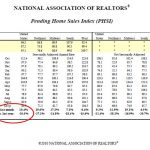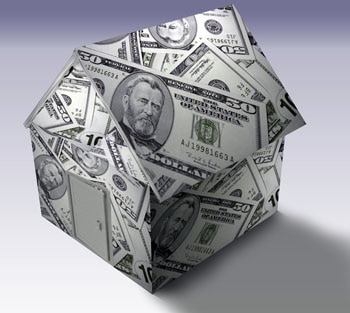
On Wednesday Dec 18th, the Federal Reserve announced it would start to taper its aggressive bond-buying program to $75 billion a month beginning in January. The FOMC also announced it would lower its monthly long-term Treasury bond purchases to $40 billion and mortgage-backed securities to $35 billion a month, both reductions of $5 billion.
What does all this mean to mortgage rates?
As we know, the Fed’s bond buying as part of Quantitative Easing, has helped to keep the mortgage rates to historically lowest levels in recent times. After months of speculation, the Fed has finally tapered that bond purchase. Fed also indicated towards further tapering.
Bernanke said in his final news conference as Fed Chairman that the recovery remains “far from complete,” but if jobs gains continue as expected, the bond purchases would likely continue to be cut at a “measured” pace throughout next year.
Mortgage backed securities (MBS) dropped more than 50 basis points on Wednesday, increasing the mortgage rates by 0.125%. However MBS has settled down after that. Apparently, investors were already expecting a taper and hence the reaction wasn’t as bad for mortgage rates as widely expected. I think the impact of this tapering is already reflected in the rates, and I do not see further worsening because of that. However, the continued tapering will have an impact in 2014. So expect the rates to Mortgage rates will also get gravely impacted by the new Guarantee fees (G-Fees) to be charged by Fannie Mae and Freddie Mac for all loans to be delivered to them after April 2014. This could mean on an average 11 basis points increase in cost for Conforming loans. Per Federal Housing Finance Agency (FHFA), the increase in G-fees represents a step toward encouraging greater participation in the mortgage market by private firms, a goal set forth in FHFA’s Strategic Plan for Enterprise Conservatorships. In the near term, however, this will result into higher cost for borrowers.
FHFA also announced new Loan Level Price Adjustments (LLPA), a risk based pricing model for all loans backed by Fannie Mae and Freddie Mac. The new model implements several increases to the cost.
In some cases the increase is 1%. So if you are getting a $400,000 loan, the extra cost for getting a mortgage (even if the rates remain the same) would be $4,000. Surprisingly, most of the increase in cost is for high credit scores between 680 and 800. Apparently, 740 is not considered excellent credit score anymore. Over 800 FICO is the new 740.
Bottom line – Further tapering of bond purchase along with higher fees will act as a one-two punch for mortgage rates in 2014. Expect a higher rate at the start of the year, which barring any unexpected economic news, will only get worse through the year.
Amazon.com Best-selling author, Shashank Shekhar (NMLS 8176) is a mortgage lender with Arcus Lending, offering loans for home purchase and refinance. Shashank has been featured as a mortgage expert on Yahoo! News, ABC, CBS, NBC and FOX. He has been named "Top 40 under 40" most influential mortgage professionals in the country.

















